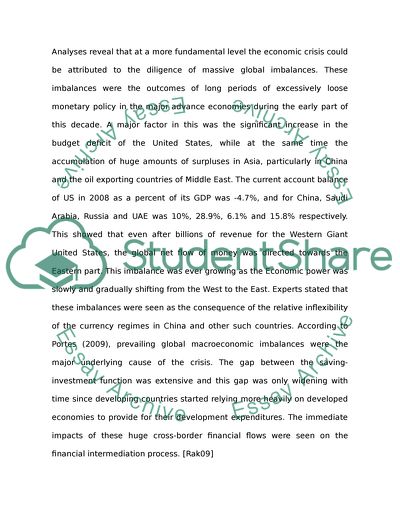Cite this document
(“What Caused the Current Economic Crisis Term Paper”, n.d.)
What Caused the Current Economic Crisis Term Paper. Retrieved from https://studentshare.org/macro-microeconomics/1439554-what-caused-the-current-economic-crisis
What Caused the Current Economic Crisis Term Paper. Retrieved from https://studentshare.org/macro-microeconomics/1439554-what-caused-the-current-economic-crisis
(What Caused the Current Economic Crisis Term Paper)
What Caused the Current Economic Crisis Term Paper. https://studentshare.org/macro-microeconomics/1439554-what-caused-the-current-economic-crisis.
What Caused the Current Economic Crisis Term Paper. https://studentshare.org/macro-microeconomics/1439554-what-caused-the-current-economic-crisis.
“What Caused the Current Economic Crisis Term Paper”, n.d. https://studentshare.org/macro-microeconomics/1439554-what-caused-the-current-economic-crisis.


